News
-
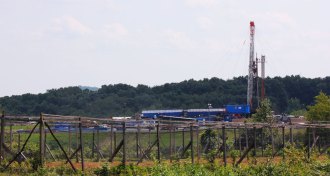 Environment
EnvironmentNo water contamination found in Ohio’s fracking epicenter
Methane in Ohio groundwater comes from biological sources, such as bacteria, not fossil fuel exploration.
-
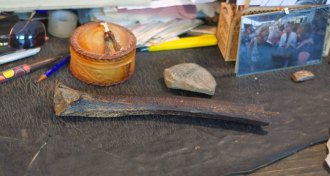 Humans
HumansOldest human DNA narrows time of Neandertal hookups
A 45,000-year-old Siberian bone provides genetic clues about the timing of interbreeding between ancient humans and Neandertals.
By Bruce Bower -
 Physics
PhysicsMagnetic detector identifies single protons
An MRI-like machine can scan an individual proton, raising prospects that a similar technique could eventually image biological molecules one by one.
By Andrew Grant -
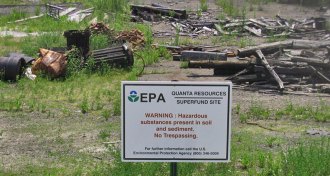 Environment
EnvironmentEngineered plants demolish toxic waste
With help from bacteria, plants could one day clean up polluted sites.
By Beth Mole -
 Physics
PhysicsPerfect fluid of electrons may flow inside superconductor
Understanding superconductors’ viscosity could help inspire scientists to find ways to improve the electric power grid.
By Andrew Grant -
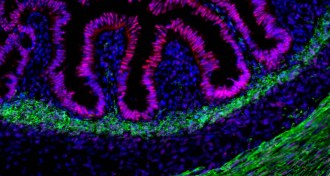 Health & Medicine
Health & MedicineTiny human intestine grown inside mouse
Human gut tissue transplanted into a mouse can grow into a working intestine that doctors could use to test disease treatments.
By Meghan Rosen -
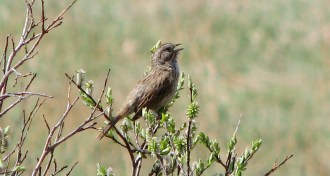 Animals
AnimalsHearing awful or great singing changes birds’ choice
A male bird’s serenade inspires reactions that depend on the quality of songs a female has been listening to.
By Susan Milius -
 Health & Medicine
Health & MedicineJet lag affects gut microbes
Jet-lagged bacteria in the gut impair mice’s metabolism, causing obesity and diabetes-related problems.
-
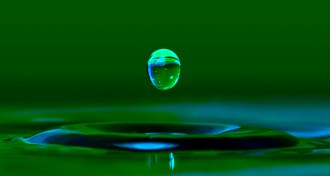 Physics
PhysicsFalling raindrops break terminal velocity
Unknown mechanism causes tiny raindrops to fall faster than terminal velocity.
-
 Climate
ClimateRivers may gush under sullied skies
By dimming sunlight and curbing evaporation, air pollution can increase the amount of water flowing through rivers, new simulations suggest.
By Beth Mole -
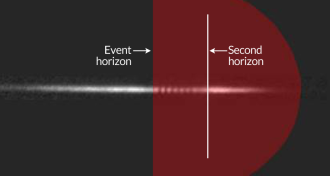 Quantum Physics
Quantum PhysicsHawking radiation spotted within sonic black hole
Lab-created sonic black hole emits energy as famed physicist Stephen Hawking predicted, though the experiment may not be definitive.
By Andrew Grant -
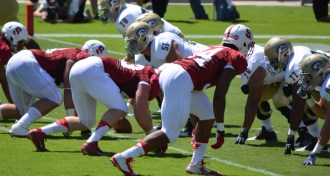 Health & Medicine
Health & MedicineDrug-resistant staph common in football players
Athletes in contact sports should wash their hands (and dirty gym clothes) often, researchers say.
By Nathan Seppa